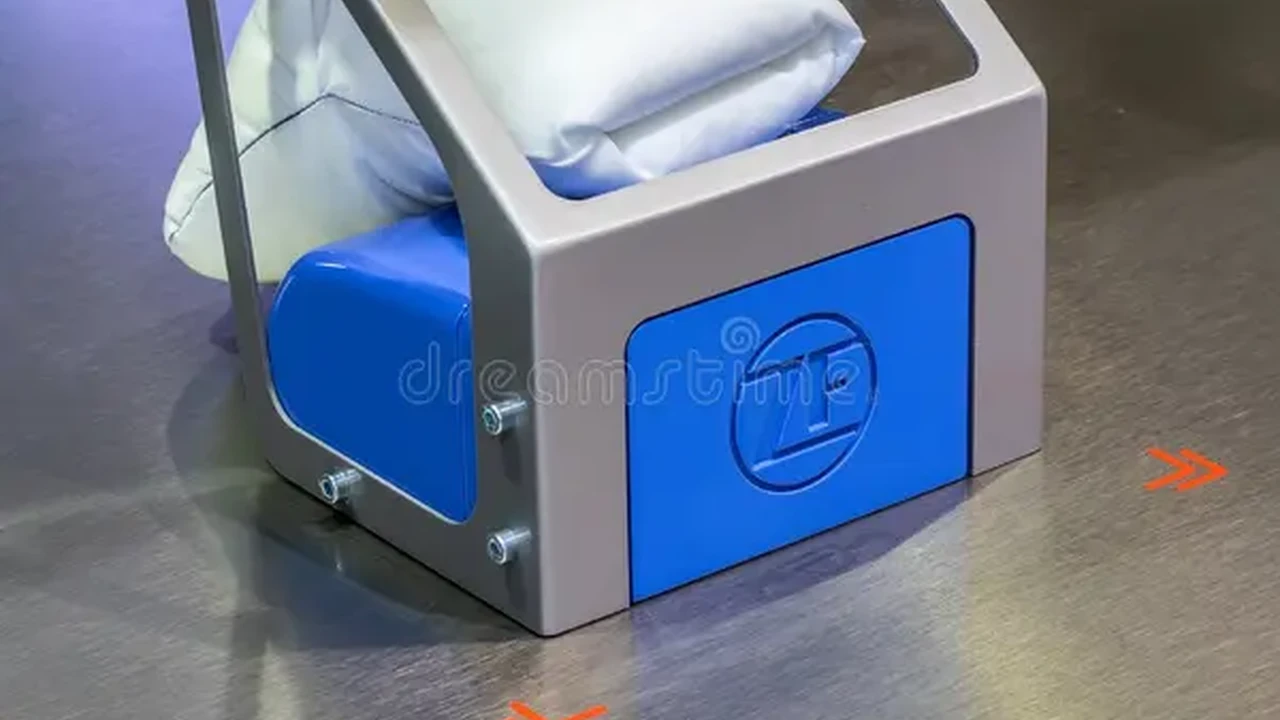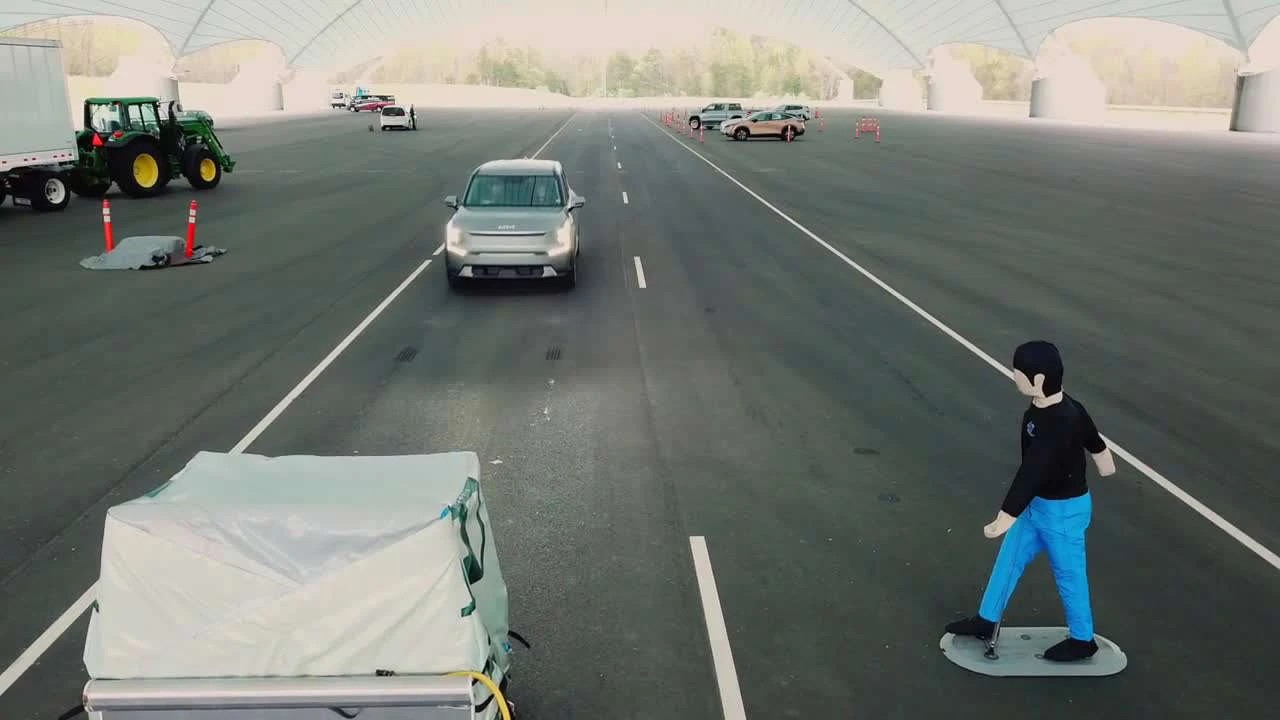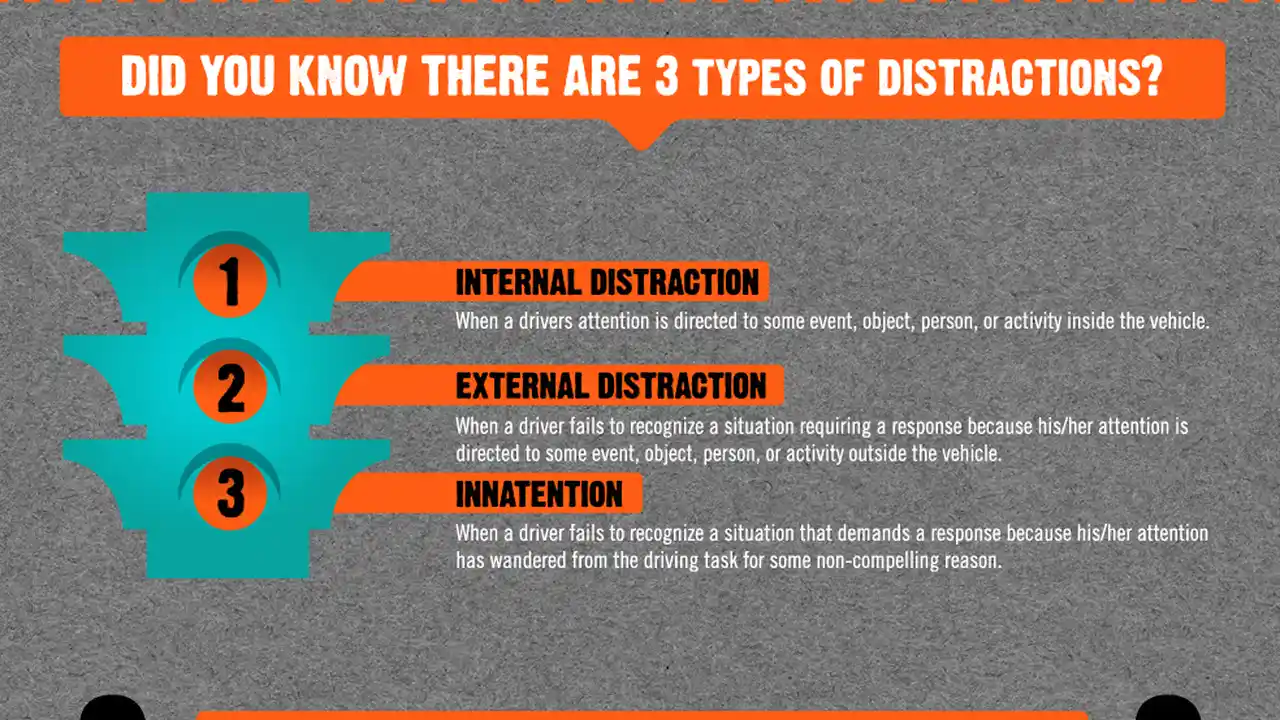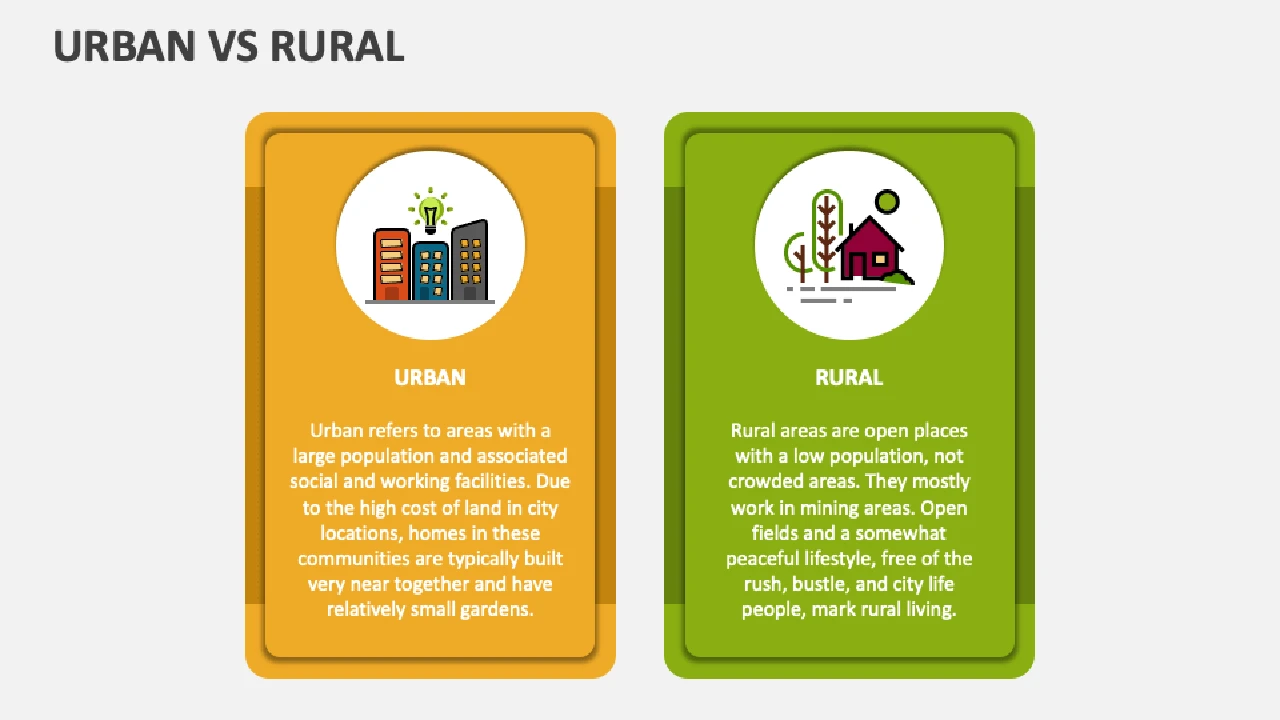Airbag Technology: Advancements in Occupant Protection
Sample meta description.

Understanding Airbag Systems and Their Impact on Vehicle Safety
Hey there, gearheads and safety enthusiasts! Let's dive into the fascinating world of airbags – those life-saving cushions that pop out during a collision. Airbags have come a long way since their initial introduction, evolving from simple supplementary restraints to sophisticated systems that adapt to various crash scenarios and occupant characteristics. We're talking serious advancements in occupant protection here.
Initially, airbags were designed as a supplement to seatbelts, primarily to protect the driver's head and chest in frontal impacts. Early systems were relatively basic, deploying with a single, fixed force. However, as technology progressed, airbag systems became more complex and refined.
Modern airbag systems use a network of sensors to detect the severity of a crash. These sensors measure deceleration forces, impact angles, and occupant presence. This information is then fed into a central control unit, which determines the appropriate deployment strategy. This means the airbag can deploy with varying force, or even not deploy at all, depending on the situation.
Furthermore, advancements in airbag technology have led to the development of side airbags, curtain airbags, and even knee airbags. These additional airbags provide protection in a wider range of crash scenarios, including side impacts and rollovers. They're strategically placed to cushion vulnerable areas of the body, minimizing the risk of injury.
Types of Airbags Frontal Side Curtain and Knee Airbags Explained
Let's break down the different types of airbags you'll find in modern vehicles:
- Frontal Airbags: These are the most common type, designed to protect the driver and front passenger in frontal impacts. They're typically located in the steering wheel and dashboard.
- Side Airbags: These airbags are designed to protect the torso and pelvis in side impacts. They're usually located in the seats or door panels.
- Curtain Airbags: Also known as side curtain airbags, these deploy from the roof rail to protect the head in side impacts and rollovers. They're designed to stay inflated longer than other types of airbags to provide continued protection during a rollover event.
- Knee Airbags: These airbags are located below the steering wheel and dashboard, designed to protect the knees and lower legs in frontal impacts. They help to keep the occupant in a better position for the frontal airbag to work effectively.
Advanced Airbag Technologies Adaptive Deployment and Occupant Sensing
Now, let's get into the really cool stuff! Modern airbag systems are incredibly sophisticated, incorporating features like adaptive deployment and occupant sensing.
Adaptive Deployment: This technology allows the airbag to deploy with varying force depending on the severity of the crash. In a low-speed collision, the airbag might deploy with less force to minimize the risk of injury from the airbag itself. In a high-speed collision, the airbag will deploy with more force to provide maximum protection.
Occupant Sensing: This feature uses sensors to detect the presence and size of the occupant in the seat. If the seat is empty, or if a child seat is detected, the airbag may be deactivated to prevent injury. Some systems can even adjust the deployment force based on the occupant's size and weight.
Airbag Sensors and Control Systems How They Work Together
The brain behind the airbag system is the airbag control unit (ACU). This little computer receives information from a network of sensors located throughout the vehicle. These sensors measure things like:
- Deceleration: Sensors detect the rate at which the vehicle is slowing down. A sudden deceleration indicates a potential collision.
- Impact Force: Sensors measure the force of the impact. This helps the ACU determine the severity of the crash.
- Occupant Position: Sensors detect the position of the occupants in the seats. This helps the ACU determine the appropriate deployment strategy.
Based on this information, the ACU decides whether or not to deploy the airbags. If deployment is necessary, the ACU sends a signal to the airbag inflators, which rapidly fill the airbags with gas.
The Role of Seatbelts in Airbag Effectiveness A Synergistic Relationship
Airbags are designed to work in conjunction with seatbelts. Seatbelts help to keep the occupant in the correct position for the airbag to work effectively. They also help to distribute the forces of the impact across the body, reducing the risk of injury.
Think of it this way: seatbelts are the primary restraint system, and airbags are the secondary restraint system. They work together to provide the best possible protection in a crash. Don't ever think you can skip the seatbelt just because you have airbags – that's a recipe for disaster!
Airbag Maintenance and Replacement Ensuring Optimal Performance
Airbags are designed to last for the life of the vehicle, but they do require some maintenance. It's important to have your airbag system inspected regularly to ensure that it's functioning properly.
If your airbag has deployed, it needs to be replaced by a qualified technician. Don't attempt to repair or replace the airbag yourself – this can be extremely dangerous. Also, if your car has been in an accident, even if the airbags didn't deploy, it's a good idea to have the system checked out.
Airbag Recalls and Safety Concerns Staying Informed
From time to time, airbags are subject to recalls due to safety concerns. It's important to stay informed about these recalls and take your vehicle in for repair if necessary. You can check for recalls on the National Highway Traffic Safety Administration (NHTSA) website. Just punch in your VIN, and it'll tell you if there are any outstanding recalls on your car.
One of the most significant airbag recalls in history involved Takata airbags. These airbags were found to be defective and could explode, sending shrapnel into the passenger compartment. This recall affected millions of vehicles worldwide. Make sure your car isn't on *that* list!
Product Recommendations Airbag Compatible Seat Covers and Child Seats
Okay, let's talk about some products that work *with* your airbags, not against them. Specifically, seat covers and child seats.
Airbag Compatible Seat Covers: If you're looking to protect your seats, make sure you choose airbag-compatible seat covers. These seat covers are designed with special seams that allow the side airbags to deploy properly. Regular seat covers can block or impede airbag deployment, which is obviously *not* what you want.
- Brand A Seat Covers: These are a good mid-range option, typically costing around $150-$250 per set. They offer decent protection and are designed to work with most side airbag systems. They're made from a durable fabric and come in a variety of colors.
- Brand B Premium Seat Covers: If you're willing to spend a bit more (around $300-$500 per set), Brand B offers premium seat covers made from high-quality materials. They offer superior protection and are designed to seamlessly integrate with your vehicle's interior. They often feature reinforced stitching and advanced airbag compatibility features.
- Brand C Universal Fit Seat Covers: For budget-conscious buyers, Brand C offers universal fit seat covers that cost around $50-$100 per set. While they may not offer the same level of protection or fit as custom-designed seat covers, they're still a better option than using regular seat covers that could interfere with airbag deployment.
Airbag Compatible Child Seats: This is *crucial*. When installing a child seat, always follow the manufacturer's instructions carefully. Make sure the child seat is properly secured and that it doesn't interfere with the deployment of any airbags. Some child seats are specifically designed to be compatible with side airbags. Look for these!
- Brand X Infant Car Seat: Designed for infants up to 30 pounds, this seat features side impact protection and is specifically designed to be compatible with side airbags. It retails for around $200. Great for newborns!
- Brand Y Convertible Car Seat: This seat can be used for both infants and toddlers, and it features adjustable headrests and side impact protection. It's also airbag compatible and costs around $250. A good long-term investment.
- Brand Z Booster Seat: For older children who have outgrown their car seats, this booster seat provides additional height and support. It's designed to work with the vehicle's seatbelts and is also airbag compatible. Price: around $80. Keeps the older kids safe too.
Airbag System Testing and Validation Ensuring Reliability
Before a new vehicle is released to the public, its airbag system undergoes rigorous testing and validation to ensure reliability. These tests simulate various crash scenarios to evaluate the performance of the airbags. They even use crash test dummies of different sizes to make sure the airbags work for everyone.
These tests typically involve:
- Frontal Impact Tests: The vehicle is crashed into a solid barrier at various speeds to evaluate the performance of the frontal airbags.
- Side Impact Tests: The vehicle is struck on the side by a moving barrier to evaluate the performance of the side airbags and curtain airbags.
- Rollover Tests: The vehicle is rolled over to evaluate the performance of the curtain airbags.
The Future of Airbag Technology Advanced Sensors and Personalized Protection
The future of airbag technology is looking pretty exciting! Researchers are working on developing even more advanced sensors that can detect a wider range of crash scenarios and occupant characteristics. Imagine airbags that can literally *predict* the best way to protect you milliseconds before impact!
One area of development is personalized airbag protection. This involves using sensors to tailor the airbag deployment to the specific needs of each occupant. For example, the airbag could deploy with less force for a small child or elderly person.
Another area of development is exterior airbags. These airbags would deploy on the outside of the vehicle to protect pedestrians and cyclists in the event of a collision. This could significantly reduce the severity of pedestrian and cyclist injuries.
So, there you have it – a deep dive into the world of airbag technology! From their humble beginnings to the sophisticated systems of today, airbags have played a crucial role in improving vehicle safety. And with ongoing research and development, they're only going to get better at protecting us in the years to come.
:max_bytes(150000):strip_icc()/277019-baked-pork-chops-with-cream-of-mushroom-soup-DDMFS-beauty-4x3-BG-7505-5762b731cf30447d9cbbbbbf387beafa.jpg)






